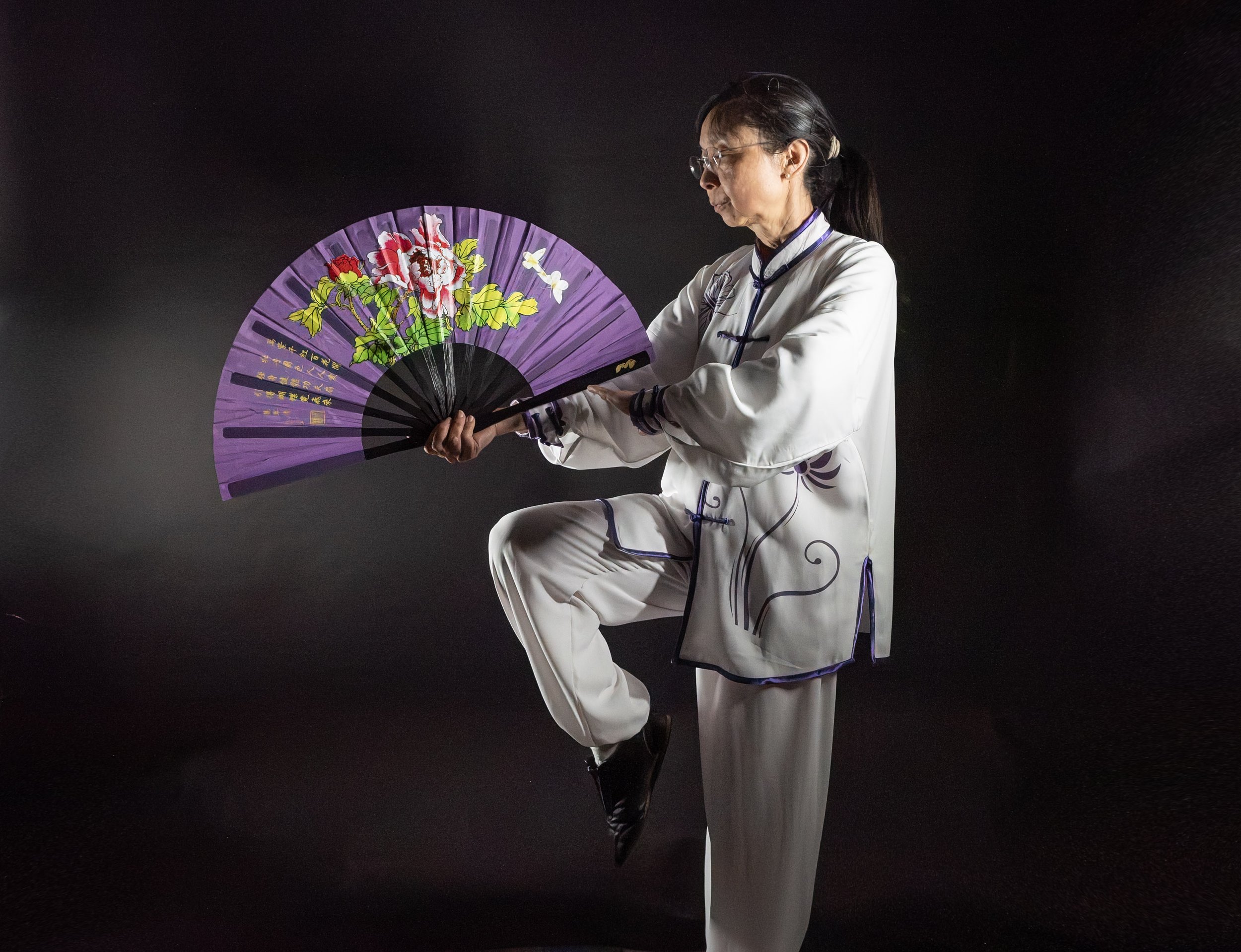Wutan Surrey - Martial Arts School
Photo by Gera Aikman. https://www.geraphotography.com
Traditional Chinese Martial Arts
Photo by Peter Dazeley BEM FRPS https://www.peterdazeley.com/
Come along and do some Traditional Chinese Martial Art System of Physical and Mental training to improve your mind and body.
Classes of Tai Chi / Chi Kung or Kung Fu or both.
These classes incorporate Isometric, callisthenics exercises, moving mediation and self-defence which helps to:
De-stress,
Improve clarity of mind,
Use one’s body effectively,
Build up good core strength,
Improve flexibility and mobility,
Improves balance
Improve feel of “You are in control”, confidence
Find balance in the body and mind.
Wutan Surrey is a martial arts school based in Surrey, UK, with an emphasis on health, fitness and wellness.
Wutan Surrey teaches traditional internal and external Chinese martial arts including Tai Chi, Ba Gua, Hsing Yi and Kung Fu.
Photo by Gera Aikman. https://www.geraphotography.com


